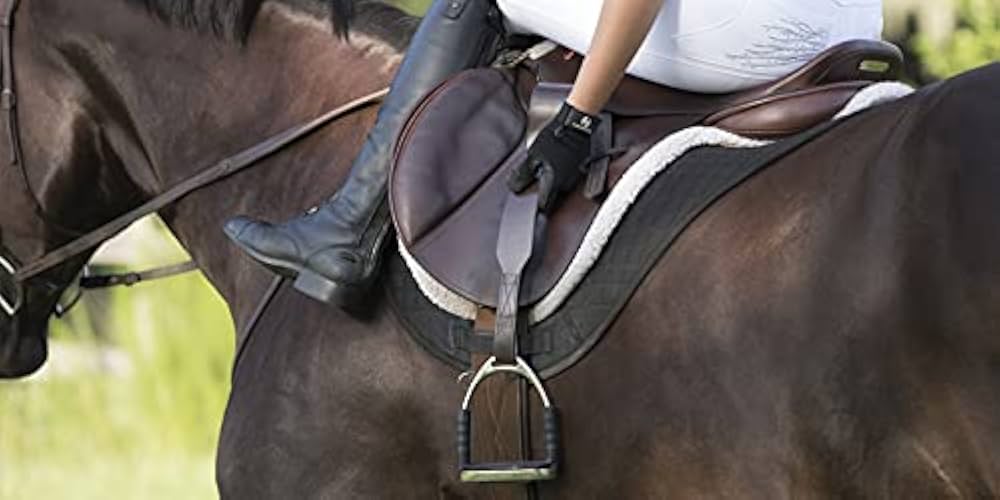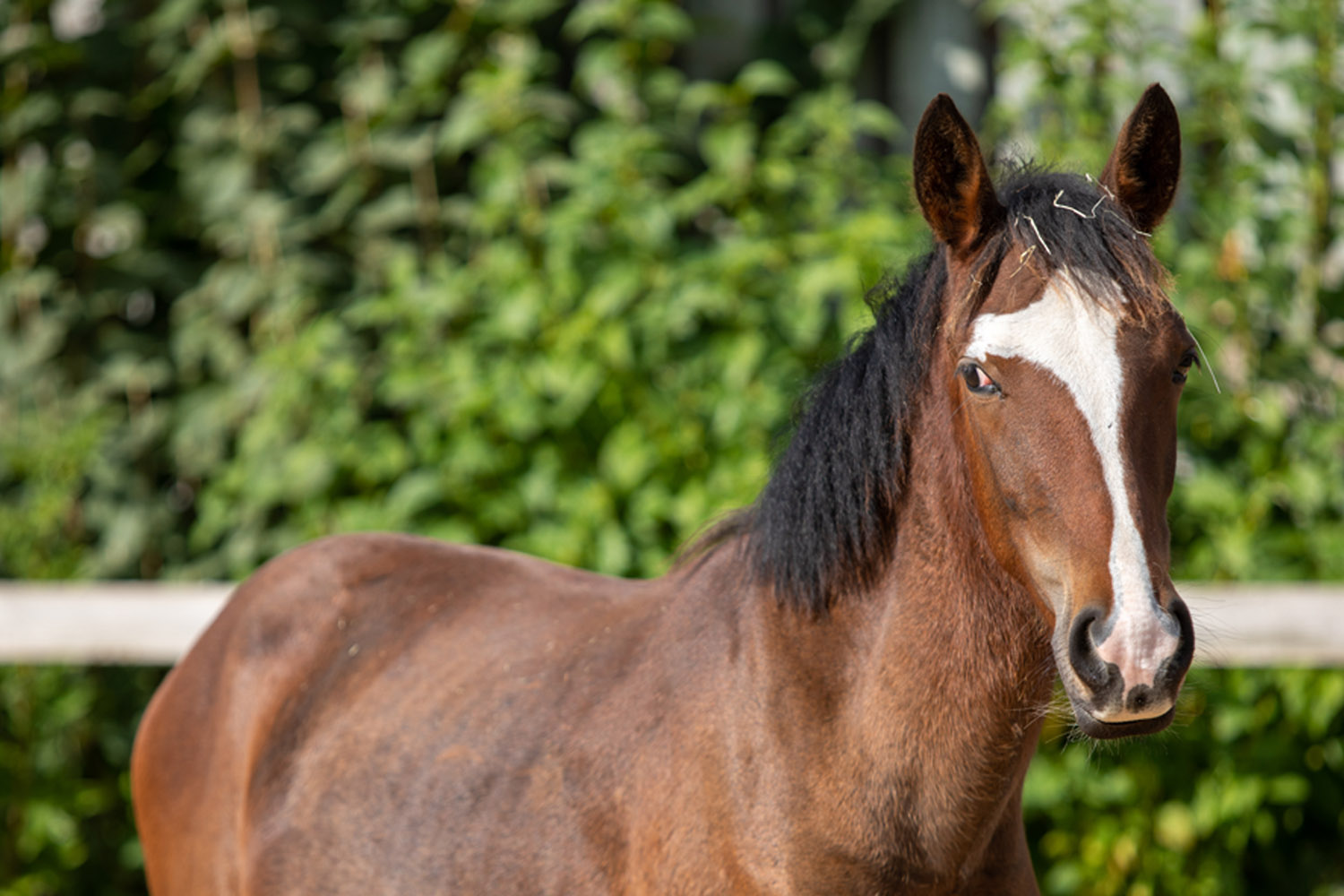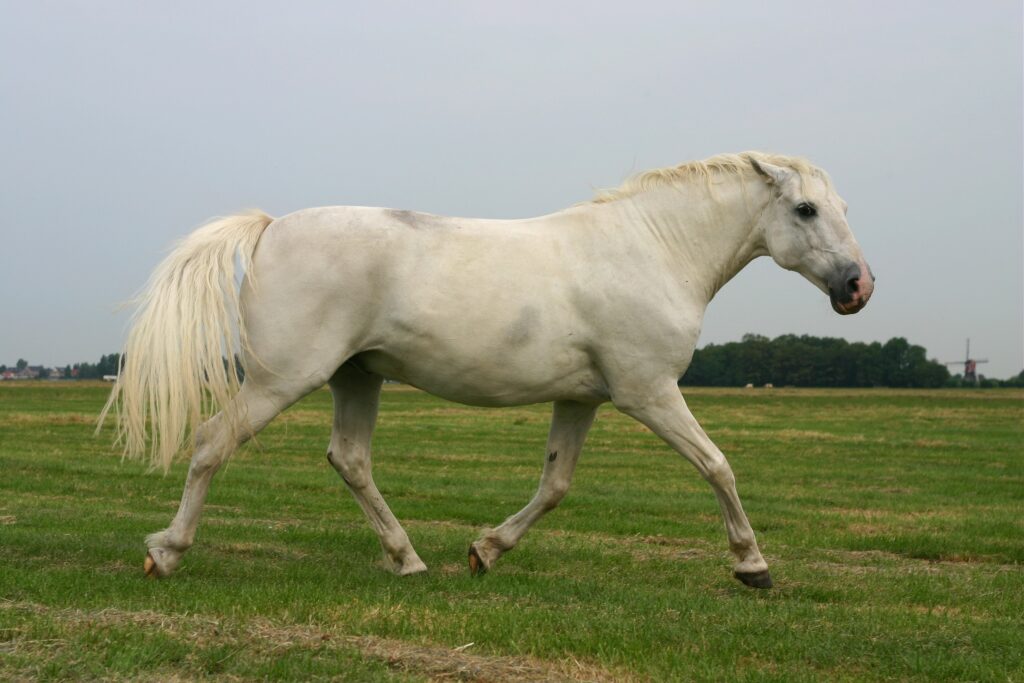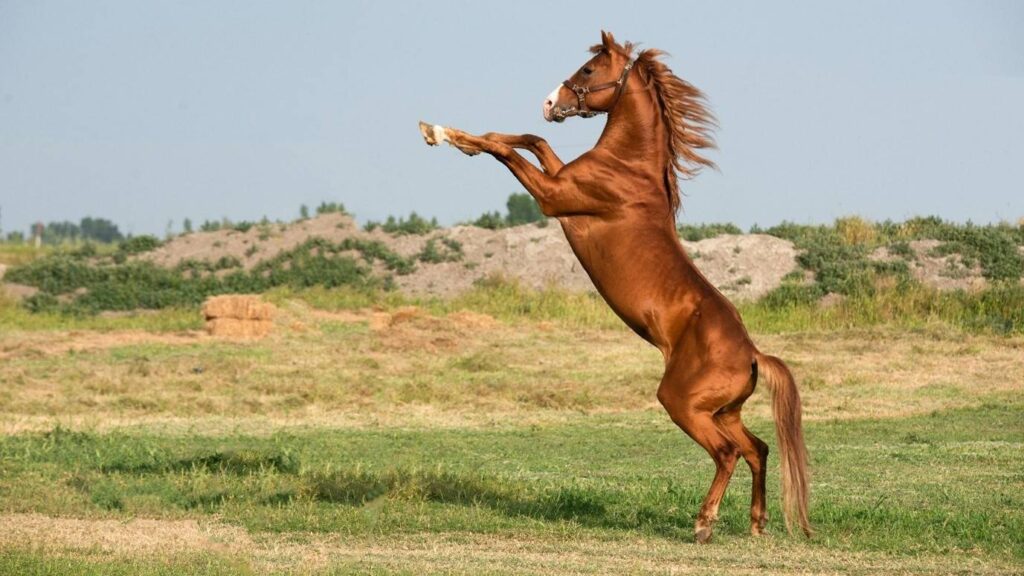For horse enthusiasts, finding the right equipment can be crucial, particularly when it comes to the question of what length dressage stirrup leathers do I need. Proper length ensures a comfortable and effective ride, vital for both performance and safety. Properly chosen stirrup leathers contribute not only to the comfort of your feet but also to maintaining the correct posture while riding. But what should you consider when choosing the right length? Let’s dive into the essentials.

Understanding Dressage Stirrup Leathers
Before we address what length dressage stirrup leathers do I need, it is important to understand what these leathers are. Dressage stirrup leathers are essentially the straps that attach the stirrups to the saddle, allowing the rider to use their feet for balance and communication with the horse.
The Role of Stirrup Leathers in Dressage
Dressage is a refined riding discipline where the communication between horse and rider is paramount. The correct length of stirrup leathers enhances this communication by allowing the rider to maintain optimal balance and make precise movements.
Factors to Consider
Determining the right length involves more than simple measurement. Here are a few key considerations:
Your Height and Leg Length
One of the primary determinants of the length of dressage stirrup leathers is the rider’s own height and leg length. Typically, your stirrup leathers should allow for a slight bend in your knee when seated in the saddle.
Riding Style
Different riding styles require different stirrup lengths. In dressage, the general guideline is for longer stirrup leathers, which help with balance and maintaining a low heel.
How to Measure for the Correct Length
To determine the correct stirrup leather length, use the following method: Stand in your stirrup and adjust the leather so that when you sit, your ankle is beneath your hip with a slight bend in the knee. The leather should be long enough to accommodate this position comfortably.
Common Lengths and Recommendations
Most adult riders find stirrup leathers of between 54 to 60 inches serve them well in dressage. Junior riders may require shorter leathers, often ranging from 48 to 52 inches.
Adjusting and Testing Your Leathers
Once you’ve selected what you believe to be the correct length, spend some time riding with them to ensure they feel right. Adjustments might still be necessary as you grow more accustomed to them.
Regular Maintenance Tips
Maintaining your stirrup leathers will prolong their life and ensure safety. Regularly check for wear and keep the leathers conditioned and stored properly. For more tips on gear maintenance, visit gear maintenance.

Expert Advice
Consulting with riding coaches or experienced equestrians can provide additional insights into the best stirrup length for your specific body type and riding style. Experienced riders can offer advice based on countless hours in the saddle.
FAQ Section
- Why is the correct stirrup leather length important? Proper length ensures comfort, effective riding posture, and proper communication with the horse.
- Can I use the same stirrup leathers for dressage and jumping? While possible, different riding styles benefit from different leather lengths, with jumping typically requiring shorter lengths.
- How often should I replace my stirrup leathers? Regular inspection for wear and tear is vital, but generally, replace them every couple of years depending on usage and care.
Understanding what length dressage stirrup leathers do I need can greatly enhance your riding experience. Consider your personal specs, riding style, and regularly check your equipment to ensure the best performance in the saddle.
For more insights on preventing common injuries, visit injury prevention tips.
Additionally, learn about essential riding gear to complete your equestrian journey with the best tools at your side.







